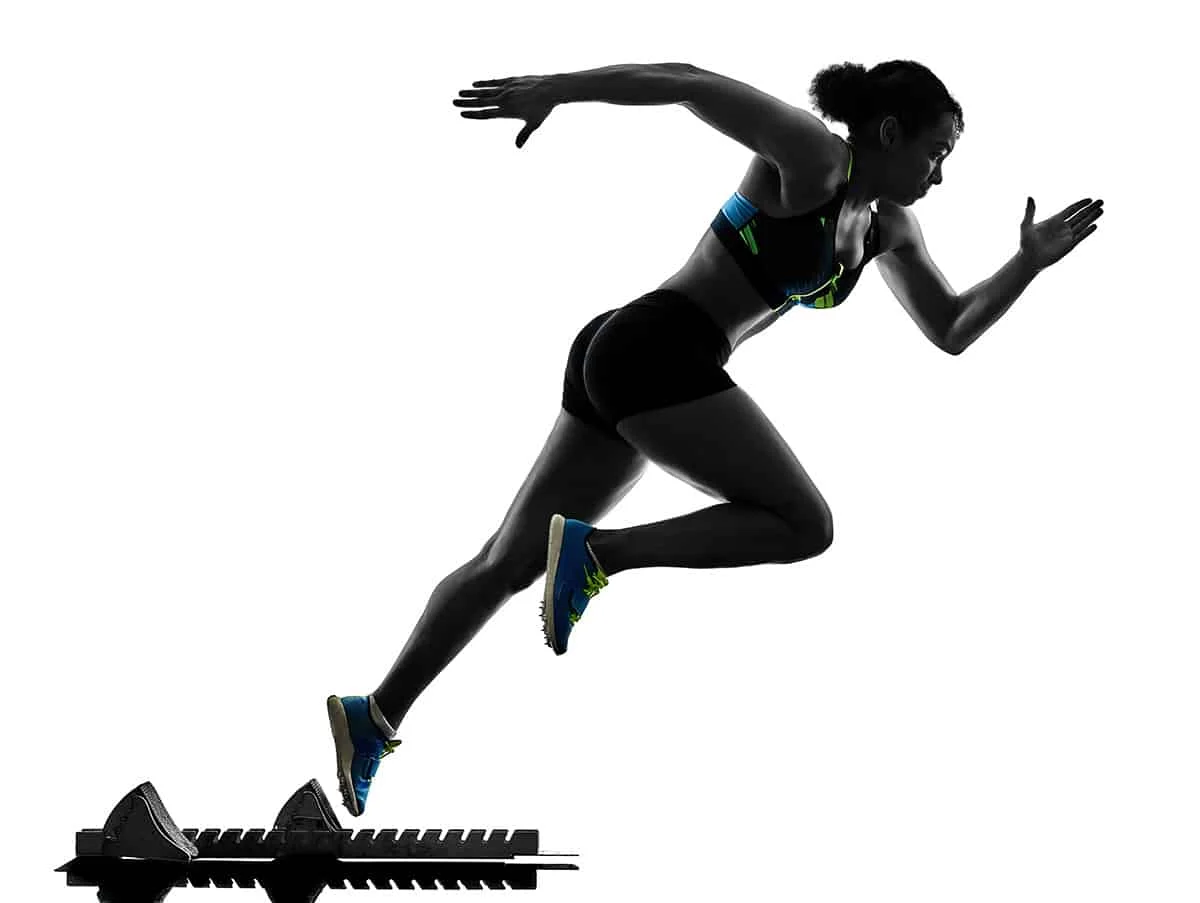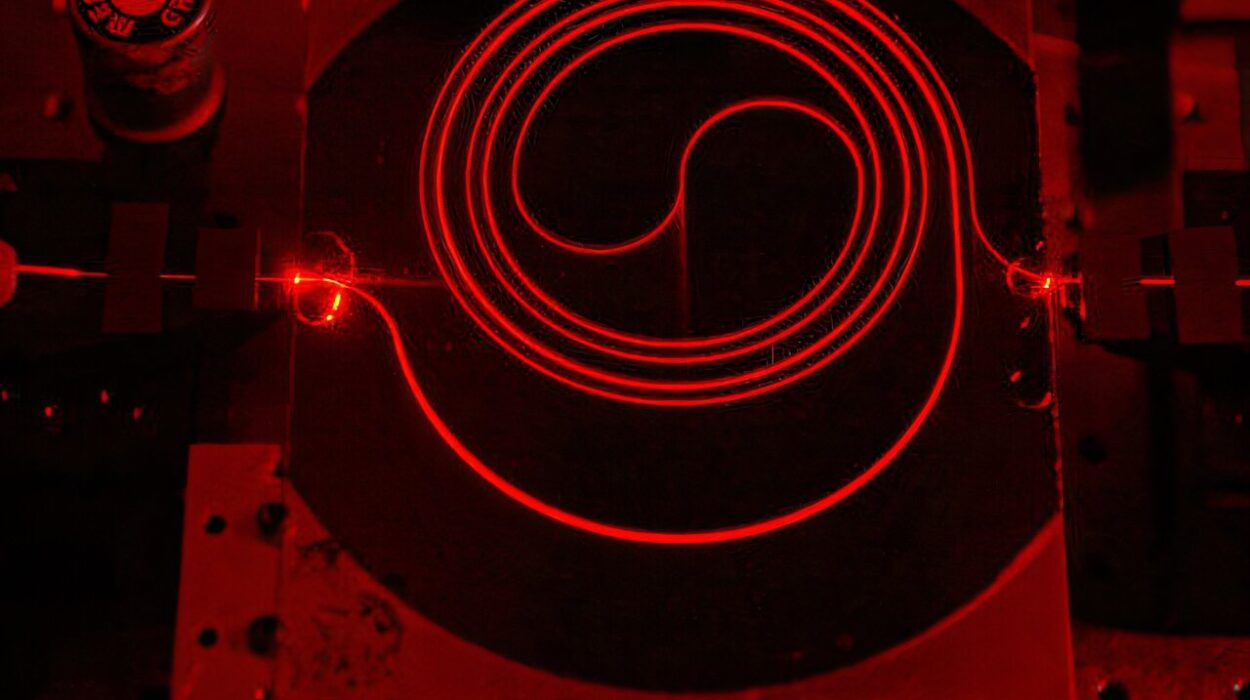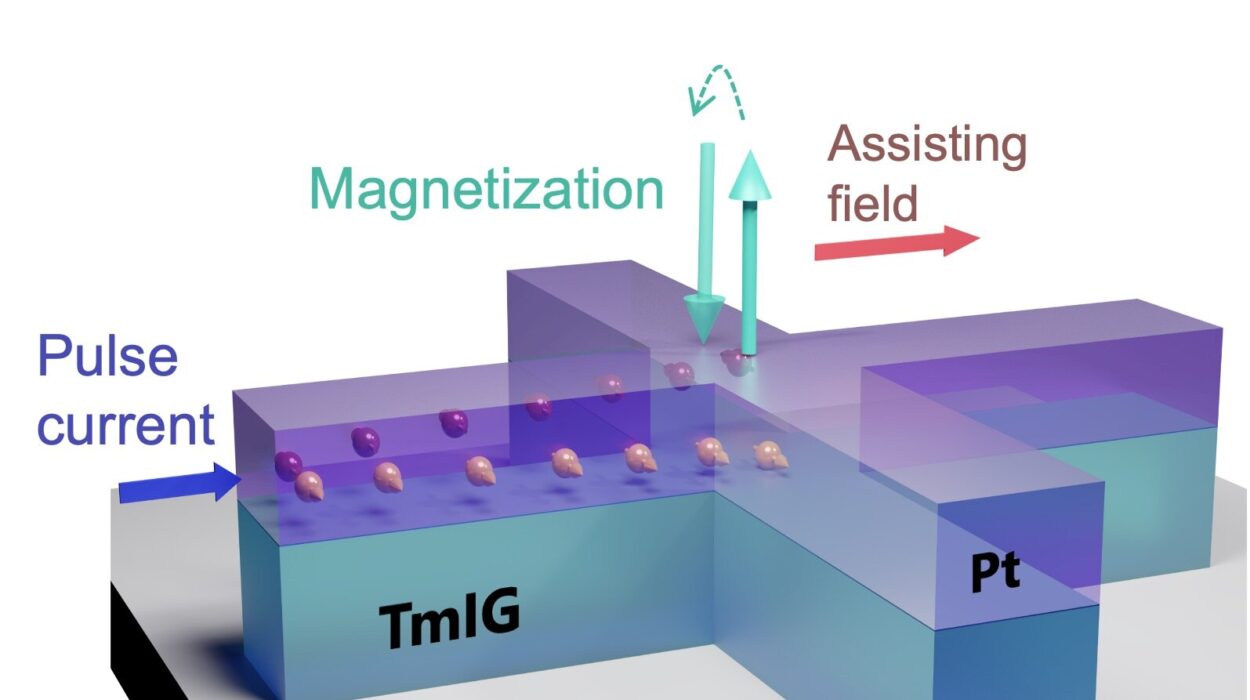When we watch a basketball player leap for a slam dunk or a figure skater spin with breathtaking elegance, we may marvel at their strength, agility, or grace. What we often overlook is the silent presence of physics—a constant, unseen coach guiding every move. Whether it’s Newton’s laws dictating motion, gravity influencing trajectory, or angular momentum enabling spins, the laws of nature are always at play. Sports, at their core, are not just about muscle and skill; they are live-action laboratories of mechanics, thermodynamics, aerodynamics, and biomechanics.
Understanding the physics of sports is not merely academic. It reveals how athletes optimize their bodies, how equipment is engineered for precision, and how slight changes in movement can drastically affect performance. From the curved flight of a soccer ball to the torque in a gymnast’s flip, physics is the silent engine driving sports forward. Let’s step onto the field, enter the court, and dive into the pool to explore the magnificent symphony of science that makes sports possible.
Newton’s Laws: The Bedrock of Athletic Motion
Sir Isaac Newton’s three laws of motion are the foundations upon which almost all sports are built. The first law—an object in motion stays in motion unless acted upon by an external force—is the reason athletes need to generate and maintain momentum. A sprinter accelerating down the track does so by applying force to the ground; friction provides the grip necessary to overcome inertia. Without that force, the runner would remain motionless.
The second law—force equals mass times acceleration (F=ma)—is vividly demonstrated when a quarterback throws a football. The mass of the ball and the acceleration applied determine how fast and far it flies. A heavier ball requires more force to accelerate, just as a larger lineman requires more effort to tackle than a lighter opponent.
The third law—for every action, there is an equal and opposite reaction—manifests in sports like swimming and rowing. When a swimmer pushes against the water, the water pushes back, propelling them forward. The same principle applies when a basketball player jumps: they push down on the court, and the court pushes back, launching them into the air.
The Geometry of Trajectories: Balls in Flight
Throwing, kicking, or hitting a ball involves projectile motion, which is governed by the same principles that govern a cannonball’s arc. When a ball is launched into the air, gravity pulls it downward while its initial velocity pushes it forward. The resulting path is a parabola—a curved trajectory shaped by gravity and initial force.
Angle and speed are critical in determining the outcome. In soccer, players often bend the ball by kicking it with a spin, utilizing the Magnus effect—a phenomenon where a spinning object curves in the direction of its spin due to pressure differences in the air. This is also why curveballs baffle batters in baseball and why table tennis champions can make the ball dip, arc, and twist in seemingly magical ways.
Environmental factors like wind resistance, air density, and even altitude affect trajectories. In high-altitude stadiums like those in Denver, where air is thinner, footballs travel farther due to reduced air resistance—a gift for quarterbacks and kickers alike.
Energy Transfer and Conservation: Kinetic Ballet
Every athletic motion is an exchange of energy. When a tennis player swings a racket, they convert chemical energy (from food) into mechanical energy. The racket, in turn, transfers kinetic energy to the ball, which zips across the court. The conservation of energy principle dictates that energy cannot be created or destroyed, only transferred or transformed. Efficient athletes minimize energy loss through poor technique or excessive friction, ensuring that as much energy as possible is directed toward performance.
Elastic potential energy is another vital concept, especially in sports involving jumping or rebounding. When a pole vaulter plants their pole, it bends and stores elastic energy, which is then released to propel them upward. Similarly, basketballs and tennis balls are designed to compress and rebound—storing and releasing energy with each bounce.
Rotational Motion and Angular Momentum
In sports that involve spinning—gymnastics, diving, figure skating—angular momentum is the name of the game. It’s a form of rotational motion where speed and mass distribution play key roles. The tighter an athlete pulls their limbs to their body, the faster they spin. This is why figure skaters begin a spin with arms wide, then pull them in to increase speed dramatically.
Angular momentum is conserved, meaning that unless an external torque (twisting force) is applied, the rotational motion will continue. Divers utilize this by tucking into a tight ball to spin quickly, then extending before hitting the water to reduce speed and ensure a smooth entry. Gymnasts flip and twist using the same principles, precisely timing their movements to control rotation mid-air.
Friction and Grip: Controlling Contact
Friction is often seen as a nuisance in everyday life, but in sports, it’s essential. Runners rely on friction between their shoes and the ground to push off; cyclists need it to maintain control on a track. The amount of friction affects speed, stability, and maneuverability.
In sports like skiing or ice hockey, reducing friction is key. Skis and skates are designed to glide with minimal resistance, using specialized materials and lubrication (like wax) to achieve optimal speed. On the opposite end, sports like rock climbing and wrestling depend on maximizing friction for grip and control.
Ball sports also utilize friction. The texture of a basketball or the fuzz on a tennis ball increases grip, both for the athlete and for air resistance during flight. Without friction, controlling spin, direction, and velocity would be nearly impossible.
The Physics of Impact and Collision
Collisions are central to many sports—from the crack of a baseball bat to the bone-jarring tackles in football. Physics governs how energy is transferred during these impacts. The type of collision—elastic or inelastic—determines how much energy is conserved and how it is distributed between bodies.
In elastic collisions, such as in pool or table tennis, objects bounce off each other with minimal energy loss. In inelastic collisions, like a football tackle, energy is absorbed or transformed into sound, heat, or deformation.
Understanding collision physics helps engineers design safer equipment. Helmets, pads, and even athletic shoes are constructed to absorb impact and distribute force, reducing the risk of injury. Materials with high damping properties reduce the energy transmitted to the body, making contact sports safer than they were decades ago.
Biomechanics and the Human Machine
Biomechanics is the application of mechanical principles to human movement. It encompasses everything from muscle force to joint rotation, and it’s where physics meets biology in the most personal way. Athletes who understand biomechanics can refine their techniques for optimal efficiency and minimal injury risk.
Take running, for example. The ideal stride involves minimizing vertical motion and maximizing forward propulsion. Physics shows that overstriding causes energy loss and joint strain. Elite runners adjust their gait to maintain momentum and reduce ground contact time.
In baseball, the swing of a bat involves coordinated rotational motion from the hips, torso, and arms. Biomechanical analysis helps players fine-tune their form to generate maximum bat speed and control. Similarly, in golf, the kinetic chain—from feet to hands—creates a fluid motion that maximizes club head speed and ball distance.
Fluid Dynamics: Slicing Through Air and Water
Aerodynamics and hydrodynamics—the physics of air and water flow—are vital in sports where resistance plays a major role. Cyclists hunch low to reduce drag. Swimmers wear sleek suits and caps to minimize water resistance. Even NASCAR drivers draft behind opponents to take advantage of reduced air pressure and save fuel.
Lift and drag forces affect every sport involving movement through a fluid medium. In baseball, the lift generated by a spinning ball can cause it to “rise” or curve. In swimming, body position affects drag; streamlined postures conserve energy and increase speed.
Fluid dynamics also influence equipment design. The dimples on a golf ball, the grooves on a snowboard, and the contours of a racing car are all products of meticulous physics research aimed at optimizing performance.
Thermodynamics and Athletic Efficiency
Energy flow and heat management are thermodynamic processes that deeply influence athletic endurance and safety. Muscles generate heat when they work. If that heat isn’t dissipated efficiently, performance drops and the risk of heat exhaustion increases. This is why hydration, breathable fabrics, and environmental awareness are so critical in sports like marathon running or soccer.
Sweat is the body’s cooling system. Evaporation removes heat, maintaining optimal core temperature. In colder sports like skiing, athletes face the opposite problem—maintaining body heat. Thermal insulation in clothing helps conserve energy, and understanding thermodynamics allows teams to design gear that balances warmth and flexibility.
The Science of Equipment and Technology
Modern sports are as much about engineering as they are about physical prowess. Equipment design involves advanced materials science, precision mechanics, and rigorous testing. Tennis rackets are made from carbon fiber for strength and lightness. Baseball bats vary in material composition to match player preferences for mass distribution and “feel.”
Even footwear has evolved with physics in mind. Running shoes absorb shock, return energy, and support natural gait patterns. Cleats provide directional friction, enhancing grip on various surfaces. Swimwear has become so hydrodynamically advanced that certain suits were banned from Olympic competition for giving an unfair advantage.
Motion-capture and high-speed video allow athletes and coaches to analyze movements frame by frame. Force plates measure ground reaction forces. Accelerometers and gyroscopes track rotation and acceleration. These technologies are rooted in physics and give athletes the tools to reach new levels of performance.
Psychological and Strategic Applications of Physics
Beyond the physical, understanding physics offers a psychological edge. A basketball player who knows the optimal arc for a free throw (around 45 degrees) can adjust accordingly. A quarterback familiar with wind dynamics can adjust his throw in changing conditions. Even archers and golfers consider the Coriolis effect in long-range competitions.
Physics-informed strategies appear in team sports too. Soccer teams plan corner kicks with projectile motion in mind. Baseball managers analyze spin rate and pitch angle to determine matchups. In every sport, data-driven analysis, grounded in physics, increasingly informs decisions at the highest levels.
The Future of Sports Physics
As our understanding of physics deepens, so too does our ability to enhance athletic performance. Artificial intelligence and machine learning now analyze motion data to predict injuries or optimize training. Biomechanical suits offer resistance and feedback to refine movements. Virtual reality recreates physics-based simulations for immersive training.
Perhaps most intriguingly, sports physics is now shaping human augmentation. Prosthetics for amputee athletes, like those used in the Paralympics, are designed to store and return energy more efficiently than even biological limbs. Exoskeletons, inspired by biomechanics, may one day support recovery and training across sports.
Conclusion: The Harmony Between Human and Nature
The physics of sports is a testament to the remarkable intersection of mind, body, and the laws of nature. Athletes are not just competing—they are executing complex physical equations in real-time. With every leap, throw, dive, and sprint, they engage with fundamental forces that have existed since the birth of the universe.
Recognizing the physics behind sports deepens our appreciation not just for the games themselves, but for the incredible harmony between human endeavor and the cosmos. The field, court, or rink becomes a stage not only for competition but for the grand performance of nature’s most elegant laws.
And so, the next time you watch a game, remember: you’re not just witnessing athleticism—you’re seeing physics in motion, beautifully choreographed by some of the finest minds and bodies on Earth.






